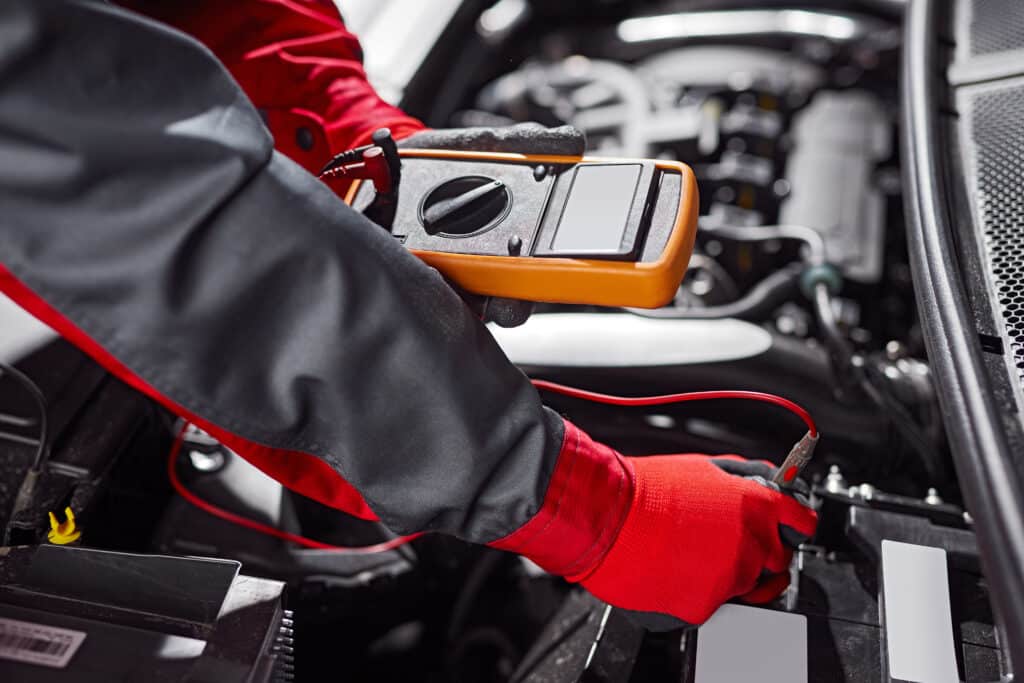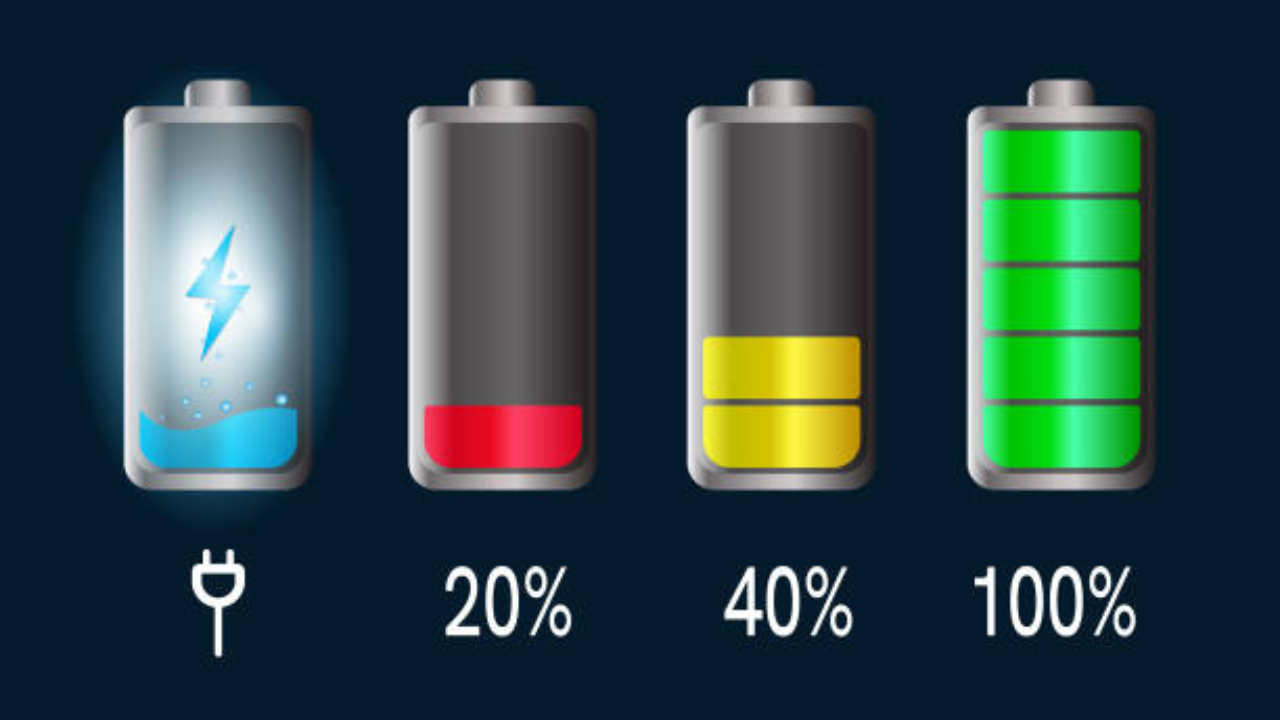A 12V lithium battery Voltage Chart typically has a full charge voltage of around 12.6-12.8 volts and a discharged state of approximately 9-10 volts. Understanding the voltage range helps in monitoring battery health and performance.
Maintaining your 12V lithium battery within its ideal voltage range is essential to achieving maximum lifespan and efficiency. The voltage chart provides essential insights into the battery’s state of charge, indicating when to recharge to avoid deep discharge cycles that can damage the battery’s cells.
Regularly checking the voltage with a multimeter can ensure your battery operates optimally, powering your devices without interruption. This practice not only extends the battery’s service life but also promotes safety by preventing overcharge conditions that could lead to overheating or potential hazards.
Remember, keeping your 12V lithium battery within the safe voltage range is vital for the reliability and durability of your power source.
Unpacking The 12v Lithium Battery
The 12V lithium battery is a powerhouse in a compact form. It’s used in a variety of applications, from solar power storage to powering electronics. Let’s dive into what makes these batteries tick.
Key Components
To understand the efficiency of the 12V lithium battery, we must know its key components:
- Cathode – This is where lithium ions are stored.
- Anode – It releases electrons during discharge.
- Electrolyte – This allows ions to move between electrodes.
- Separator – It keeps the cathode and anode apart.
Functionality And Usage
A 12V lithium battery delivers power when needed. Here’s how they’re used:
- Gadgets – They power items like cameras and laptops.
- Vehicles – Used in RVs and boats for reliable energy.
- Solar Systems – Store energy from solar panels.
The versatile nature makes them ideal for these and many other uses.
| State of Charge | Voltage |
|---|---|
| 100% | 12.8V – 13.2V |
| 75% | 12.4V |
| 50% | 12.0V |
| 25% | 11.6V |
| 0% | <11.0V |
Voltage Parameters Explained
Understanding voltage parameters is crucial for optimizing the performance and lifespan of a 12V lithium battery. The voltage chart reveals insights into battery health and energy levels. Let’s decode what these numbers really mean.
Voltage Range Defined
Every 12V lithium battery operates within a specific voltage range. This range indicates the full charge and discharge states of the battery.
- Fully Charged: Around 14.6 Volts
- Nominal Voltage: Approximately 12.8 Volts
- Fully Discharged: Near 10 Volts
Staying within this range ensures battery health.
Critical Voltage Levels
It’s essential to recognize the critical voltage levels to prevent damage.
| State | Voltage |
|---|---|
| Overcharge | Above 14.6 Volts |
| Safe Operating | 12.8 to 10 Volts |
| Discharge Limit | Below 10 Volts |
Avoid exceeding or dropping below these levels to maintain battery integrity.
Interpreting The Voltage Chart
An essential tool for managing 12V lithium batteries is the voltage chart. It offers insights into how much power remains. Grasping the chart’s nuances allows users to optimize battery life. To harness the chart’s full potential, it’s important to understand how to read it accurately and recognize common voltage patterns.
Reading The Chart Correctly
Reading a 12V lithium battery voltage chart seems simple, yet details matter. It involves:
- Locating the current voltage reading within the chart.
- Comparing that voltage against detailed benchmarks illustrating battery charge levels.
- Using the chart to interpret real-time battery conditions effectively.
Charts often break down voltage into specific percentages representing charge levels. Match your battery’s voltage against these categories to determine remaining power.
Common Voltage Patterns
Identifying voltage patterns is key for predicting battery life. These include:
- Steady declines, often showing consistent use.
- Sudden drops, which may indicate heavy power draws or a faulty cell.
- Plateaus, signaling stable discharge phases or float charging.
Tracking these patterns can preempt issues, ensuring prompt reactions such as recharging or reducing load. Proper interpretation helps maintain battery health.
Remember:
A battery at 12.6 volts or above is generally fully charged. Below 11.6 volts, it’s substantially discharged. Always cross-check with your specific battery’s manual for accuracy, as values may slightly vary.
| Voltage (V) | Charge Level |
|---|---|
| >12.6 | Fully Charged |
| 12.6 – 12.2 | 75% – 100% |
| 12.2 – 12.0 | 50% – 75% |
| 12.0 – 11.6 | 25% – 50% |
| <11.6 | Substantially Discharged |

Credit: www.amazon.com
Charging And Discharging Characteristics
When you use a 12V lithium battery, knowing how to charge and care for it is key. These batteries work well if you treat them right.
Optimal Charging Practices
To keep your battery lasting long, you must charge it well. You want to follow these steps:
- Use the right charger. It matches your battery. This keeps it safe.
- Don’t overcharge. Stop when it’s full to avoid damage.
- Keep it cool. Charging in a hot spot is bad for the battery.
The voltage of a full 12V lithium battery is usually 14.6V while the lowest it should go before charging is 11V.
Understanding Discharging Curves
A 12V lithium battery’s power drops as you use it. This is its discharge curve. Check out this chart:
| Voltage (V) | Charge (%) |
|---|---|
| 12.6 – 14.6 | 100 – 80% |
| 12.4 | 80 – 50% |
| 12.2 | 50 – 30% |
| 11.9 – 0 | 30 – 0% |
Understanding these numbers is smart. It helps you use the battery in the best way.
Maintenance Tips For Longevity
Maintaining your 12V lithium battery is crucial for its longevity. Proper care can keep your battery running efficiently. Focus on regular maintenance and avoid common mistakes. These tips ensure your battery lasts longer.
Regular Check-ups
Giving your 12V lithium battery regular check-ups is key. Monitor the voltage and inspect for physical damage. Always keep the connections clean and tight. This helps prevent power loss. Check the state of charge monthly. Here’s a quick guide:
| State of Charge | Voltage |
|---|---|
| 100% | 13.0V – 13.2V |
| 75% | 12.8V – 13.0V |
| 50% | 12.2V – 12.8V |
| 25% | 12.0V – 12.2V |
| 0% | < 12.0V |
Avoiding Common Pitfalls
Steer clear of frequent mistakes to maintain your battery’s health. Avoid deep discharges. Do not overcharge the battery. Protect the battery from extreme temperatures. Prevent prolonged inactivity; charge your battery if storing for long.
- Do not discharge below 50% typically
- Charge fully after each use
- Store in a cool, dry place
- Periodically charge during storage

Credit: relionbattery.com
Real-world Applications
The versatility of 12V lithium batteries extends far and wide. Used in numerous devices, these batteries offer reliable power in compact forms. From keeping gadgets running to sustaining larger systems, their applications are vast. Let’s explore how 12V lithium batteries energize various sectors.
Portable Electronics
12V lithium batteries are vital for handheld devices. These batteries power a range of electronics such as:
- GPS devices
- Smartphone charging packs
- Portable speakers
- Handheld gaming consoles
They are preferred for their lightweight and long-lasting charge, making them ideal for travel and outdoor activities.
Solar Power Systems
Solar setups commonly use 12V lithium batteries. They store energy collected by solar panels. This stored energy then powers homes and appliances.
| Component | Function |
|---|---|
| Solar Panels | Harvest sunlight |
| Charge Controller | Regulates charging |
| 12V Lithium Battery | Stores electricity |
| Inverter | Converts to usable AC power |
These batteries are efficient and have low self-discharge rates, crucial for energy conservation.
Electric Vehicles
Electric transportation relies on 12V lithium batteries. These batteries are the heart of electric bikes, scooters, and some cars. They offer high energy density and quick recharge times.
- Electric Bikes:
- Provide consistent power for longer rides
- Electric Scooters:
- Enable quick acceleration and convenient commutes
- Electric Cars:
- Power critical components such as lights, audio, and HVAC systems
With their capacity to handle deep cycles, 12V lithium batteries are optimal for electric vehicle use.

Credit: classiccarmaintenance.com
12V lithium battery minimum voltage
The minimum voltage for a 12V lithium battery is typically around 9V. Discharging a lithium battery below this voltage may lead to irreversible damage, reduced performance, or even render the battery unusable.
It’s crucial to use a proper system for managing batteries (BMS) or protection circuits to prevent over-discharging and ensure the longevity of the lithium battery.
Constantly consult the manufacturer’s specifications for the particular model of lithium battery you are using, as voltage thresholds can vary between different types and brands of lithium batteries.
Frequently Asked Questions For 12v Lithium Battery Voltage Chart
What Voltage Should A 12v Lithium Battery Be?
A fully charged 12V lithium battery typically measures around 12. 6V to 12. 8V. To avoid damaging the cells, do not discharge below 11. 0V.
What Voltage Is 50% For Lithium Ion Battery?
The voltage for a lithium-ion battery at 50% charge is typically around 3. 7 to 3. 8 volts.
At What Voltage Is A 12v Lifepo4 Battery Dead?
A 12V LiFePO4 battery is considered dead when its voltage drops below 11. 0 volts.
What Is The Safe Voltage For A Lithium Ion Battery?
The safe voltage range for a lithium-ion battery is typically 3. 0–4. 2 volts per cell. Always consult the manufacturer’s specifications to avoid overcharging or deep discharge.
Conclusion
Navigating the nuances of 12V lithium battery voltage is crucial for optimal use. This chart simplifies maintenance, ensuring longevity and performance. Embrace it as a handy guide for your energy needs. Remember, correct voltage fosters safety and efficiency. For more insights, keep following our posts.

I am a technology Specialized . I have experience in Technology, and all types of electronic devices like Battery . So I work on solving these issues and give various tips on these issues
